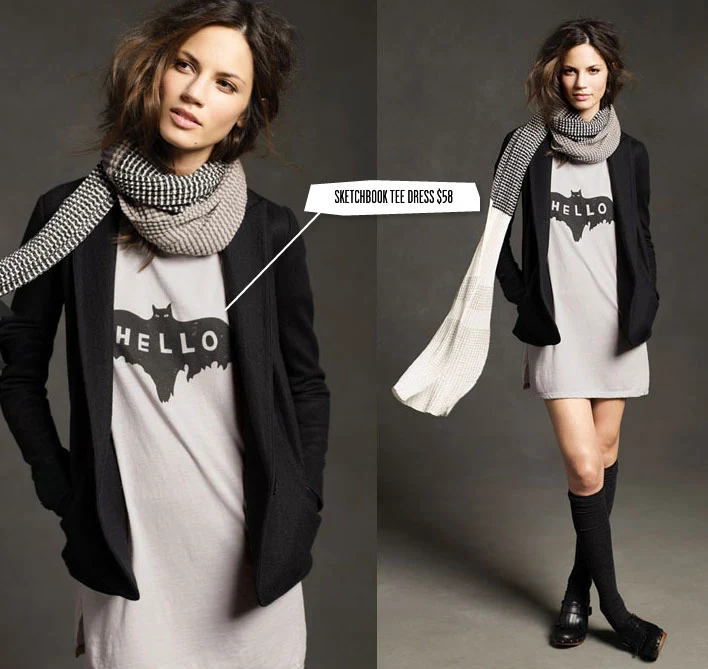Everydub + Takashi Murakami
The artist uses seemingly harmless characters and innocuous motifs throughout his oeuvre to mask the horrors and anxieties of our tragic world. His trademark superflat, cartoonish style based on a mixture of traditional Japanese art and modern anime belie the ugliness inherent in Murakami's inspiration. The most prevalent motif in his work is DOB, his alter ego, who is a constantly morphing bright blue smiling character who is one minute cute and cuddly and in the next incarnation is all snarly teeth and ominous mutant eyes. Yet somehow because this teddy bear image is ingrained in our collective consciousness as the "original", one fails to see the shark's teeth-baring DOB as dangerous or ill-meaning. There's almost something a little more sinister in the smiling flower wallpaper and sculptures, as if behind the wide grins hides a man-eating venus fly trap.
One of my favorite pieces in the exhibit was My Lonesome Cowboy, a statue of a nude anime male with punk rock mowhawk and a hard 10 inch dick (at least!) shooting a lasso of sperm that circles him like a hula hoop. This piece is shown facing a scantily-clad anime girl with opalescent pigtails (aptly titled "Milk" if I'm not mistaken) who has massive "jugs" and has pushed aside her bikini top (no bottom in sight, nor vag for that matter!) to reveal monster nipples shooting a halo of milk. Now imagine this, I'm admiring the cowboy and the milkmaid with a copy of the scandalously erotic classic Lady Chatterley's Lover in hand, and into the gallery waltzes an 8 year old girl, say, with her grandmother. At this point I'm terrified because not only is the girl going to see the porn stars tits on Milk but also the love rod on the Cowboy. But she laughs and points and the grandmother nonchalantly makes some passing remarks about the statues. They're so completely harmless and clinical that even an innocent little girl and her senior grandma are barely affected by the exaggerated X rated statues. They're almost "cute"! But then there's also Inochi, a middle school cyborg, half man half robot (which highlights the Japanese infatuation with technology) who, in short videos, begins to explore his blossoming sexuality. Now this one ventures into the freakish because the staues are much more scientific than anything else in the exhibit and have much less of the aesthetically pleasing imaginary qualities of the other pieces. The robots have realistic human colored skin with an oversized cranium and robotic appendages that read scarier than any monster Murakami has created.
Murakami saturates his art with bright acrylic acid trip colors which give the pieces an even more attractive quality, subjugating any trace of the grotesque with a vivid optical display. So when he creates a superisze canvas in which a monster is vomiting bile and skeletons abound, we barely register the ugliness and instead focus on the populace of flowers and adorable Kiki and Kaikai (another recurring motif of cuddly cartoon characters — one of which has 3 eyes). Accompanying the sprawling canvas is a translation of the thought bubbles in the painting which amount to a horrible dying statement from the gargantuan bile-spilling beast. Again we fail to notice this because not only is the writing in Japanese, but it is also so miniscule that some of the tiniest (and I mean TINY) denizens of this fairyland are much larger than the writing. Not to mention that we are also completely distracted by the sheer volume of flowers and mushrooms and other imaginary creatures, as well as disembodied eyes and smiles that people this canvas.
Which brings me to my next point: mushrooms. For those of you who were absent that day in history class, America bombed the Japanese islands of Hiroshima and Nagasaki during World War II, using an atomic bomb whose explosion created an iconic mushroom cloud and whose impact left many Japanese violently maimed and
disfigured. Murakami makes good use of the mushroom motif adding mutated eyes and vibrant hues to it, thereby singing of this ghastly memory in 20th century Japanese collective. He paints canvases depicting mushrooms in all shapes and sizes and colors with multitudes of eyes and what seems like hair growths — all of which is simply and utterly incongruous. Yet this achieves a Disney-like safety and recognizabilty that makes us feel as if we are connected to these images, and leaves us wanting to take our picture with them.
And those eyes... Murakami used these in his collaboration with luxury giant Louis Vuitton. His "Eye Love" motif was merged with the classic LV logo to spark a handbag frenzy unparalleled by any other It bag or Vuitton-artist du jour teaming. The bubbly prints became a commercial sensation (visit the temporary, fully functioning LV Eye Love store primely located right inside the exhibit) despite the gruesome back story to their origin. Each eye has a crazy, dazed, empty look — certainly evidence of bearing witness to the horrors of wartime Japan and supporting the weight of the damage done to its national psyche. Or perhaps it is the result of some drugged fantastical night that has caused the miasma of color in these pupils. Regardless, it's entrancing and captivating and only when we read the accompanying guides are we pulled back to the pain of reality.
The show is truly enchanting but also provides us with an eye-opening (pun intended) reality check about our history and psychology. It's like reading a deep tome on the beach: tough but bearable because we are immersed in tranquil beauty.
April 26, 2008
Taking the Bright and Dark...Uniting...


UNIFORM | Alexa Chung for Madewell

Classy and sassy

sanfter rebell.
Friday, May 22, 2009












